Last night I watched Ray Mears Northern Wilderness on iplayer, and thought it would be a good opportunity to post some pictures of crafts from the pacific north west.
Fist one of my blog readers sent me this wonderful picture a few months ago. The cedar canoe in the foreground was carved this year, the raven mask and hats are made of cedar too.

Then I thought I would share a series of images of my mate Kieth making a cedar bark canoe bailer just like the one Ray made in the program..only better.
They are quick and easy to make, first peel the bark, then strip the outer bark from the end pieces.
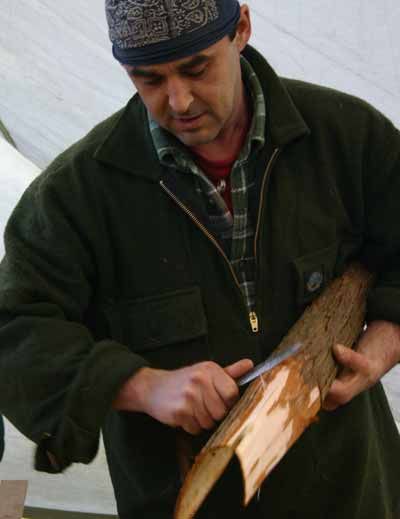
What Ray didn't show is you need to cut some longitudinal slits in the end to help you gather it together like this.
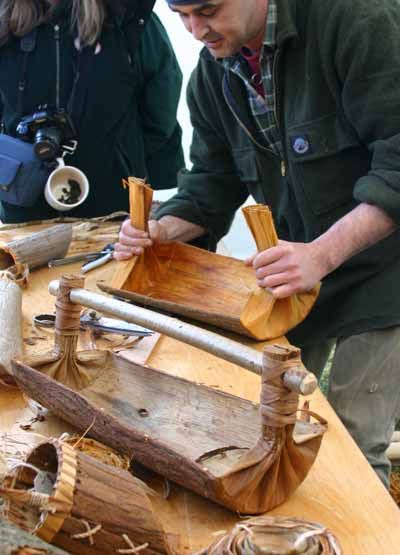
Fit a handle.

Take some strong cordage made from cedar or lime bast and bind the ends together.
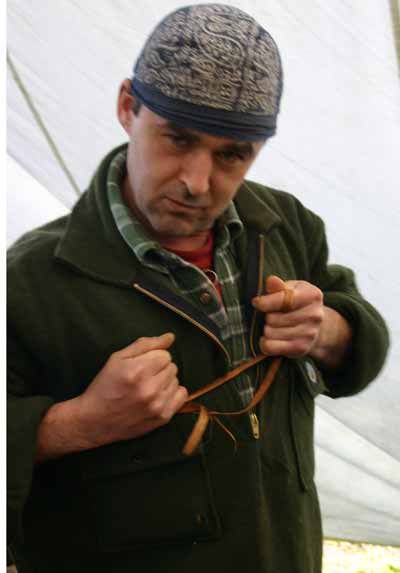
The last important thing which you will see in the picture of the finished bailer is to whittle some sharp wooden pins and spike them into the edge of the bark. This stops the edge of the vessel rolling inwards as it dries.
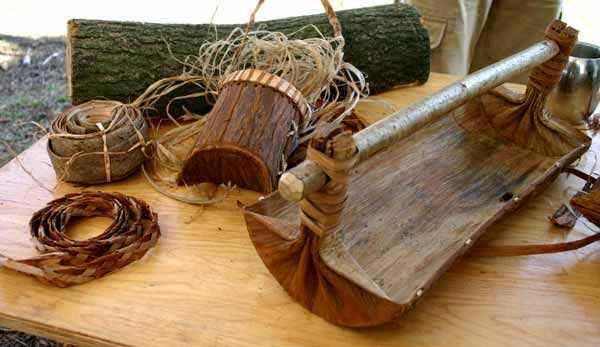
Anyone who has been on on of my courses or seen me out and about will have seen this bailer used to carry my carving knives.
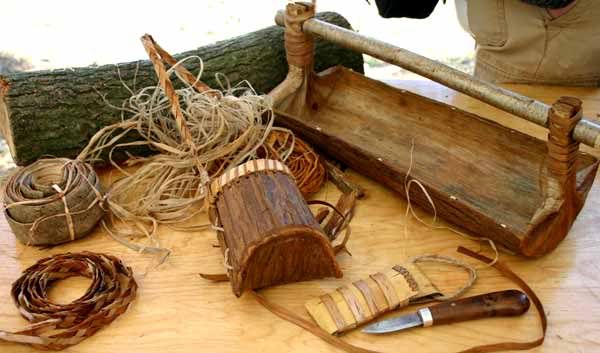
Cedar bark is incredibly versatile, this is a quiver but it was used for all manner of things.

Kieth was originally inspired by a wonderful book simply called "Cedar" Hilary Stewart highly recommended.
Fist one of my blog readers sent me this wonderful picture a few months ago. The cedar canoe in the foreground was carved this year, the raven mask and hats are made of cedar too.

Then I thought I would share a series of images of my mate Kieth making a cedar bark canoe bailer just like the one Ray made in the program..only better.
They are quick and easy to make, first peel the bark, then strip the outer bark from the end pieces.

What Ray didn't show is you need to cut some longitudinal slits in the end to help you gather it together like this.

Fit a handle.

Take some strong cordage made from cedar or lime bast and bind the ends together.

The last important thing which you will see in the picture of the finished bailer is to whittle some sharp wooden pins and spike them into the edge of the bark. This stops the edge of the vessel rolling inwards as it dries.

Anyone who has been on on of my courses or seen me out and about will have seen this bailer used to carry my carving knives.

Cedar bark is incredibly versatile, this is a quiver but it was used for all manner of things.

Kieth was originally inspired by a wonderful book simply called "Cedar" Hilary Stewart highly recommended.
Last edited:



